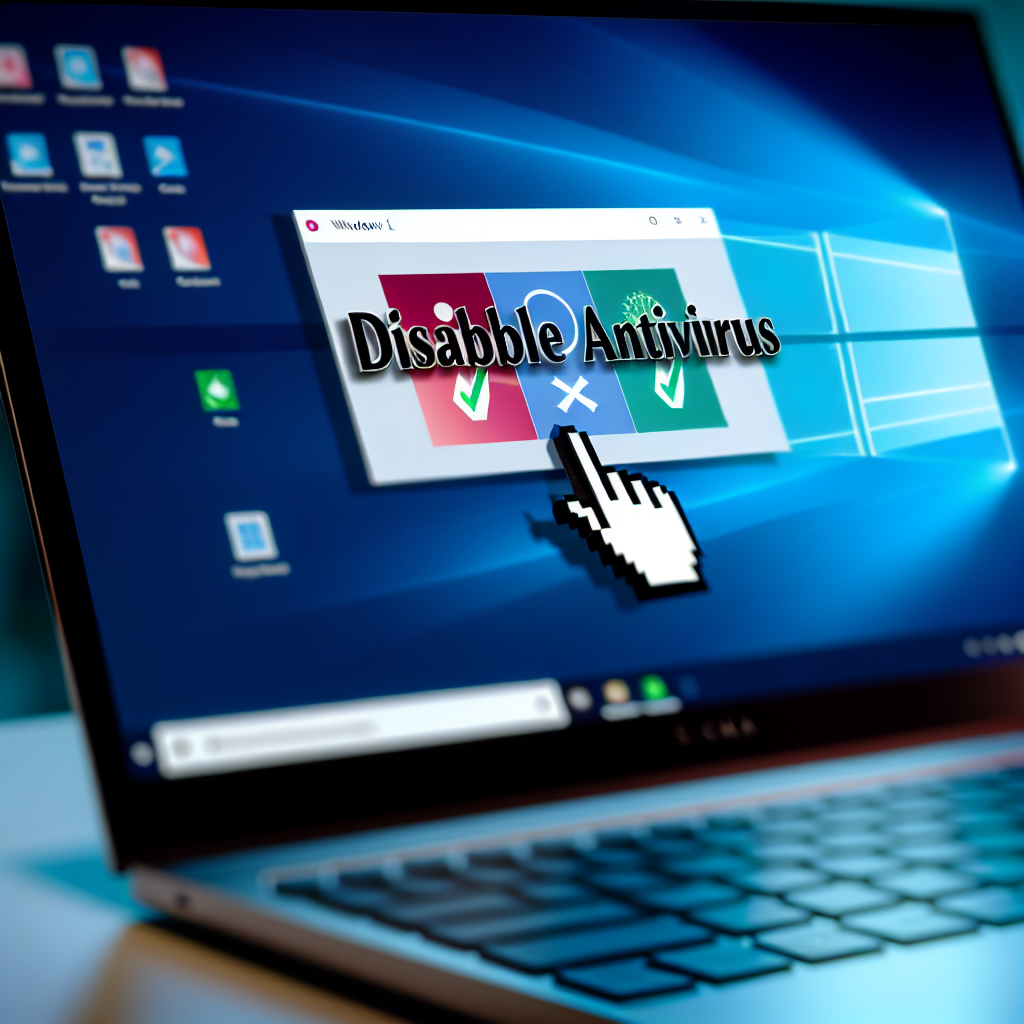Disabling or turning off antivirus on Windows 11 can be necessary for various reasons, such as troubleshooting software conflicts or installing certain applications. However, understanding how to safely disable your antivirus without exposing your system to threats is crucial. This guide will walk you through the steps to turn off Windows 11’s built-in security features effectively and securely.
Understanding the Need to Turn Off Antivirus on Windows 11
Before proceeding, it’s vital to understand why and when you might want to disable your antivirus. Sometimes, security software can interfere with certain applications or updates, leading users to temporarily turn off protections. While Windows 11’s built-in antivirus, Windows Security, provides robust protection, there are scenarios where disabling it becomes necessary, such as troubleshooting or installing incompatible software.
However, caution is necessary because turning off antivirus leaves your system vulnerable to malware and cyber threats. Always ensure you re-enable antivirus immediately after completing your task. Also, consider using trusted sources or temporarily disconnecting from the internet if you’re handling sensitive tasks.
How to Turn Off Antivirus on Windows 11
Accessing Windows Security Settings
To disable Windows 11’s built-in antivirus, follow these detailed steps:
- Click on the Start menu or press the Windows key.
- Type Windows Security in the search bar and select the app from the results.
- In the Windows Security window, click on Virus & threat protection.
Disabling Real-Time Protection
Once inside Virus & threat protection, you’ll find a toggle for Real-time protection. To temporarily disable it:
- Click on the toggle switch next to Real-time protection to turn it off.
- Confirm your action if prompted by User Account Control (UAC).
Note that this method only disables real-time scanning temporarily. Windows Security is designed to turn real-time protection back on automatically after a period or system restart to ensure continuous protection. To disable other security features permanently or for a longer duration, additional configurations or Group Policy adjustments might be necessary, which pose risks and should be approached with caution.
Additional Tips and Precautions
- Re-enable protection immediately after completing your tasks to keep your system safe.
- If needed for an extended period, consider adding specific files or folders to the exclusion list in Windows Security rather than disabling protection entirely.
- Always keep your system updated and run regular security scans to compensate for the temporary disablement.
Conclusion
Turning off antivirus protection on Windows 11 involves accessing Windows Security Settings and disabling real-time protection temporarily. While this process is straightforward, it carries risks, so it’s crucial to re-enable protections promptly. Understanding when and how to disable your antivirus safely helps maintain your system’s security while allowing necessary troubleshooting or installations to proceed smoothly.
